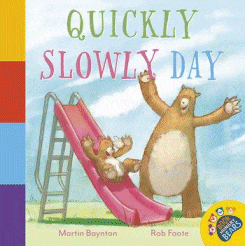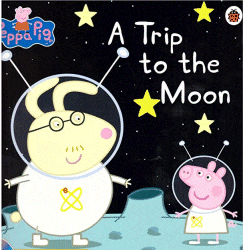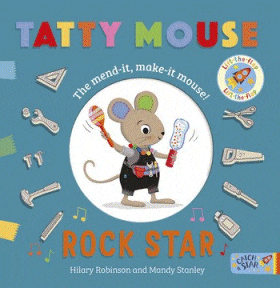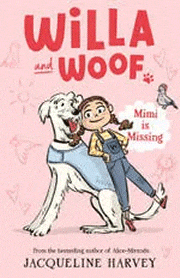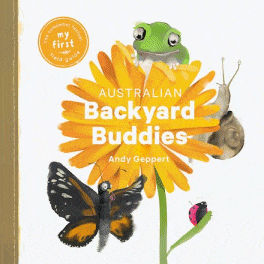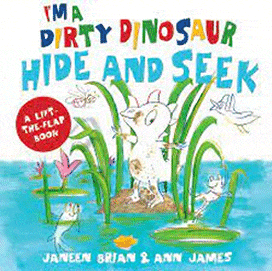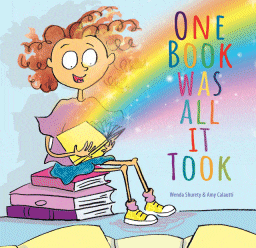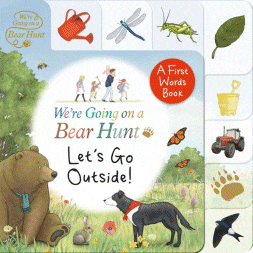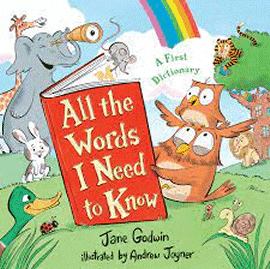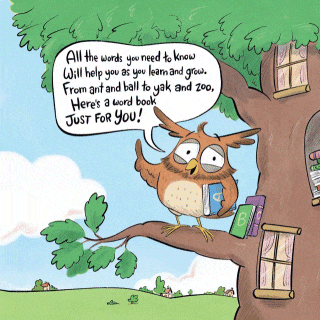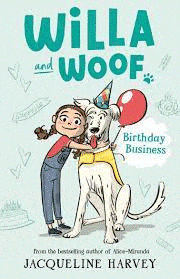
Willa and Woof 2: Birthday Business
Willa and Woof 2: Birthday Business
Jacqueline Harvey
Puffin, 2022
128pp., pbk., RRP $A 12.99
9781761043321
Willa’s best old-age-friend Frank hates birthdays, but that’s not going to stop her from throwing him the greatest surprise party ever!
Willa plunges headlong into party planning and things immediately start to go wrong. Why don’t older people look forward to and celebrate birthdays as enthusiastically as the young? She’ll need all her problem-solving skills (with the help of Tae, her best same-age friend, and her trusty sidekick Woof) to save the celebration!
Can Willa pull off the surprise?
This is the second in this new series from popular Jacqueline Harvey, with the third, Grandparents for Hire due in January, ensuring young readers do not have to wait long between reads for the next episode to whet their appetite. As with the first, it is created for younger readers who are consolidating their skills and need quality writing, interesting characters and relatable plots, supported by short chapters, a larger font and illustrations.
In my review of the first one, Mimi is Missing, I suggested offering it to a reluctant reader and asking them to read it and assess whether it will be worth buying the additions that follow, and so this could be the consolidation read – is the series living up to expectations? To extend their thinking, you could invite them to think about what more they learned about the characters in this new story and have them build a summary of characters such as this, so others can get to know them and follow the relationships…
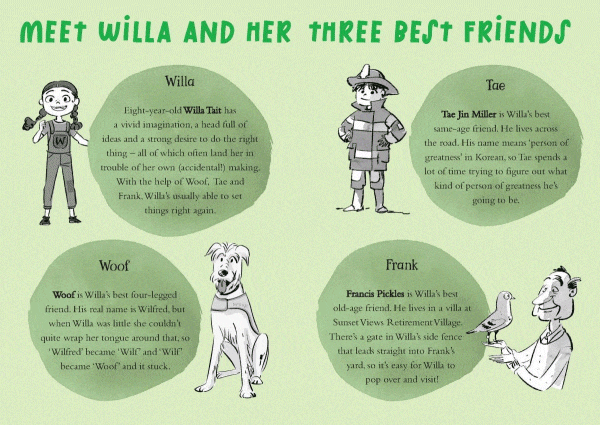
This could then become part of a bigger display called Select-A-Series created by students summarising their own favourite series to persuade others to extend their reading horizons, as well as giving real purpose and context for reading as they become more critical readers, encouraged to pause and think about what they are reading rather than skimming the pages and looking for what’s next. To add depth it could become part of a poll to find the most popular series for the year, making and building on the display for the entire year ensuring student-centred learning and participation.
Federal Minister for Education Jason Clare is currently spruiking a proposal for providing teachers with lesson plans, returning to a cookie-cutter approach that focuses on the subject rather than the student, so this could be a way of providing something that meets curriculum outcomes but in a highly personalised way,
